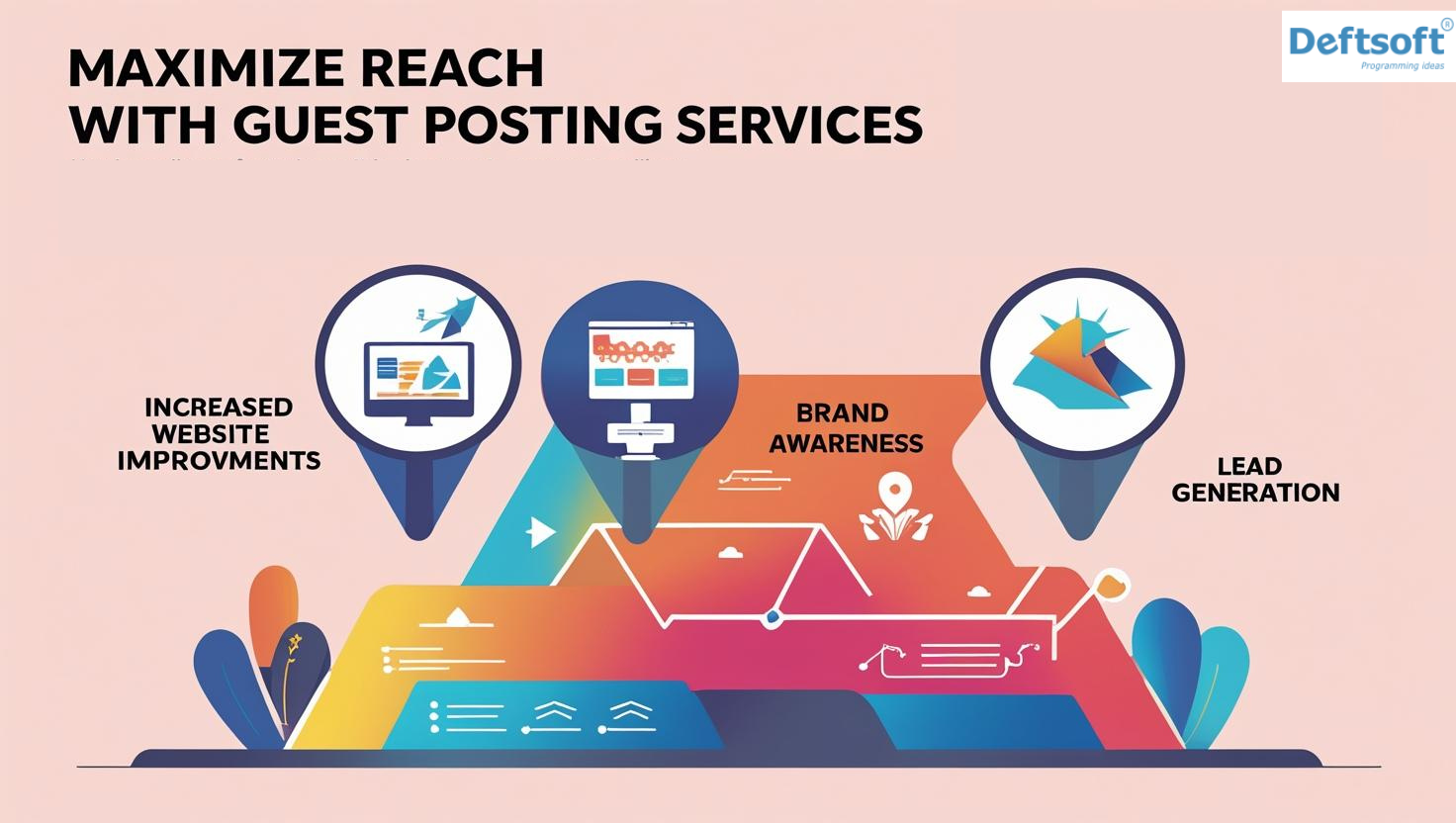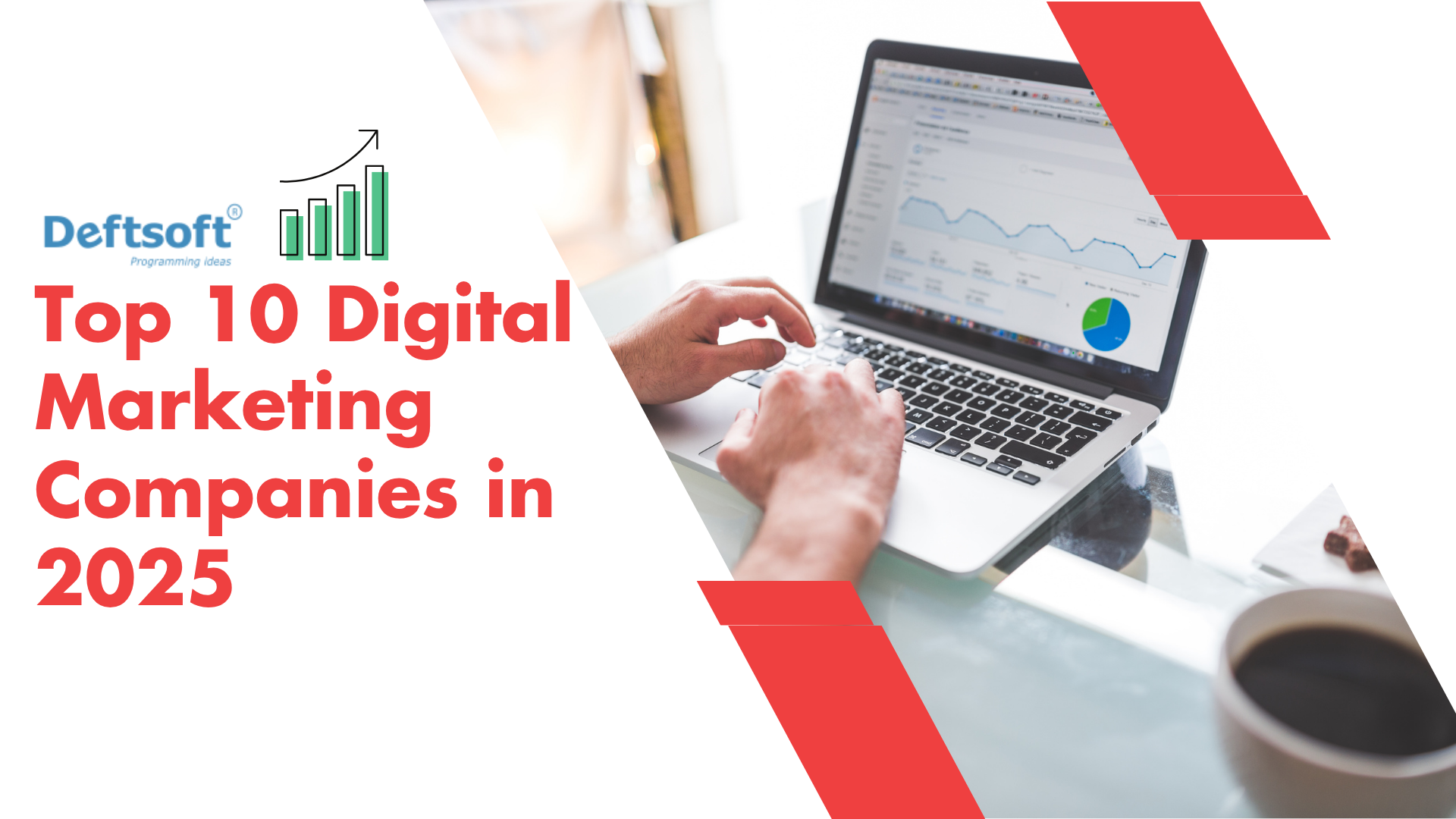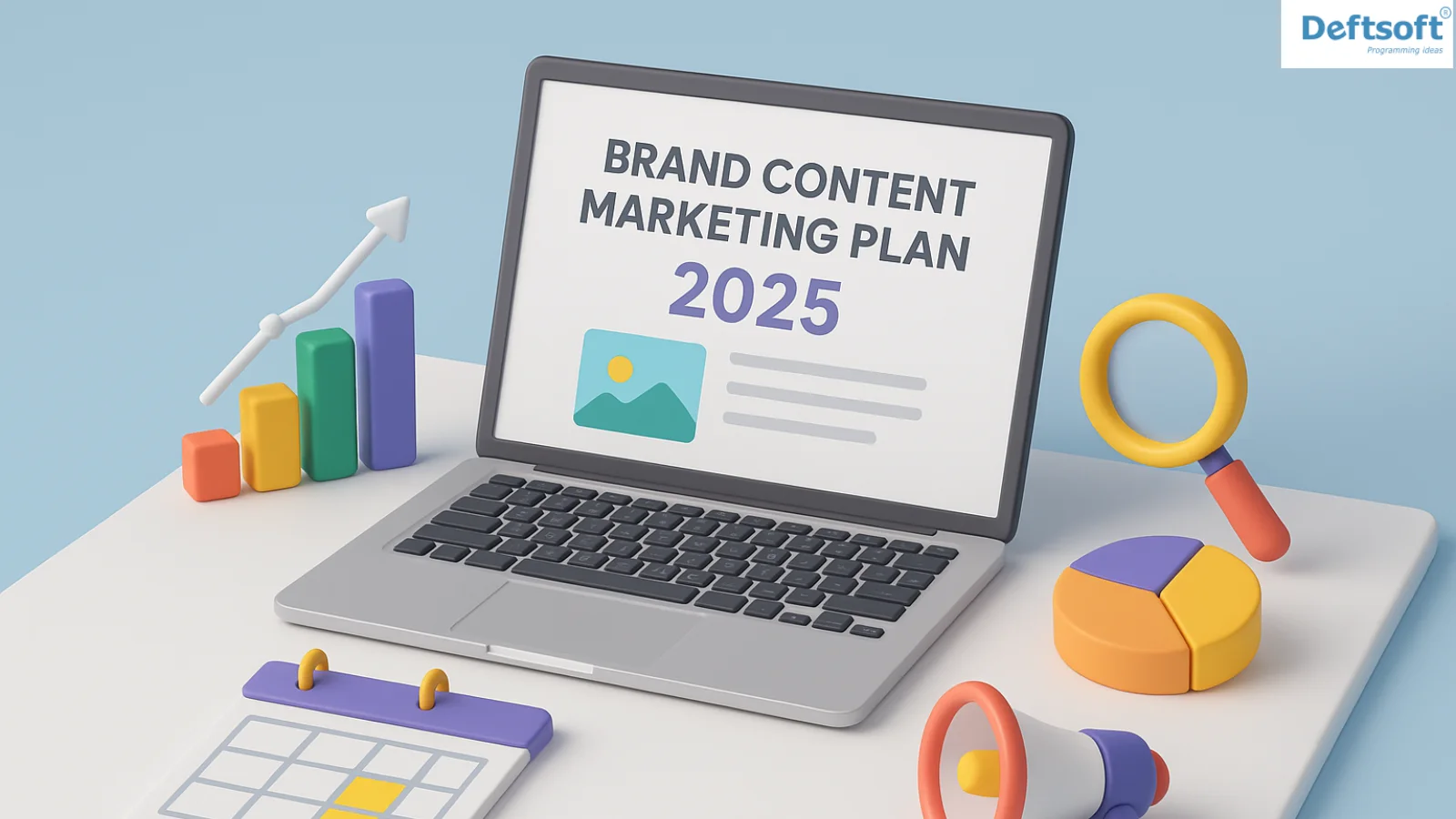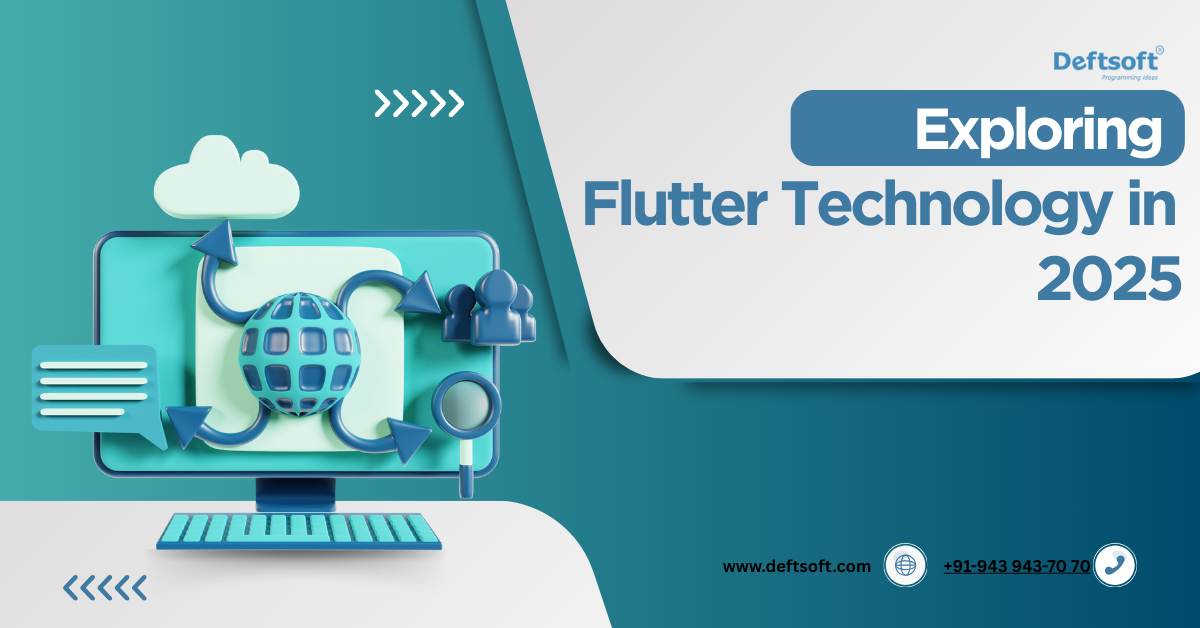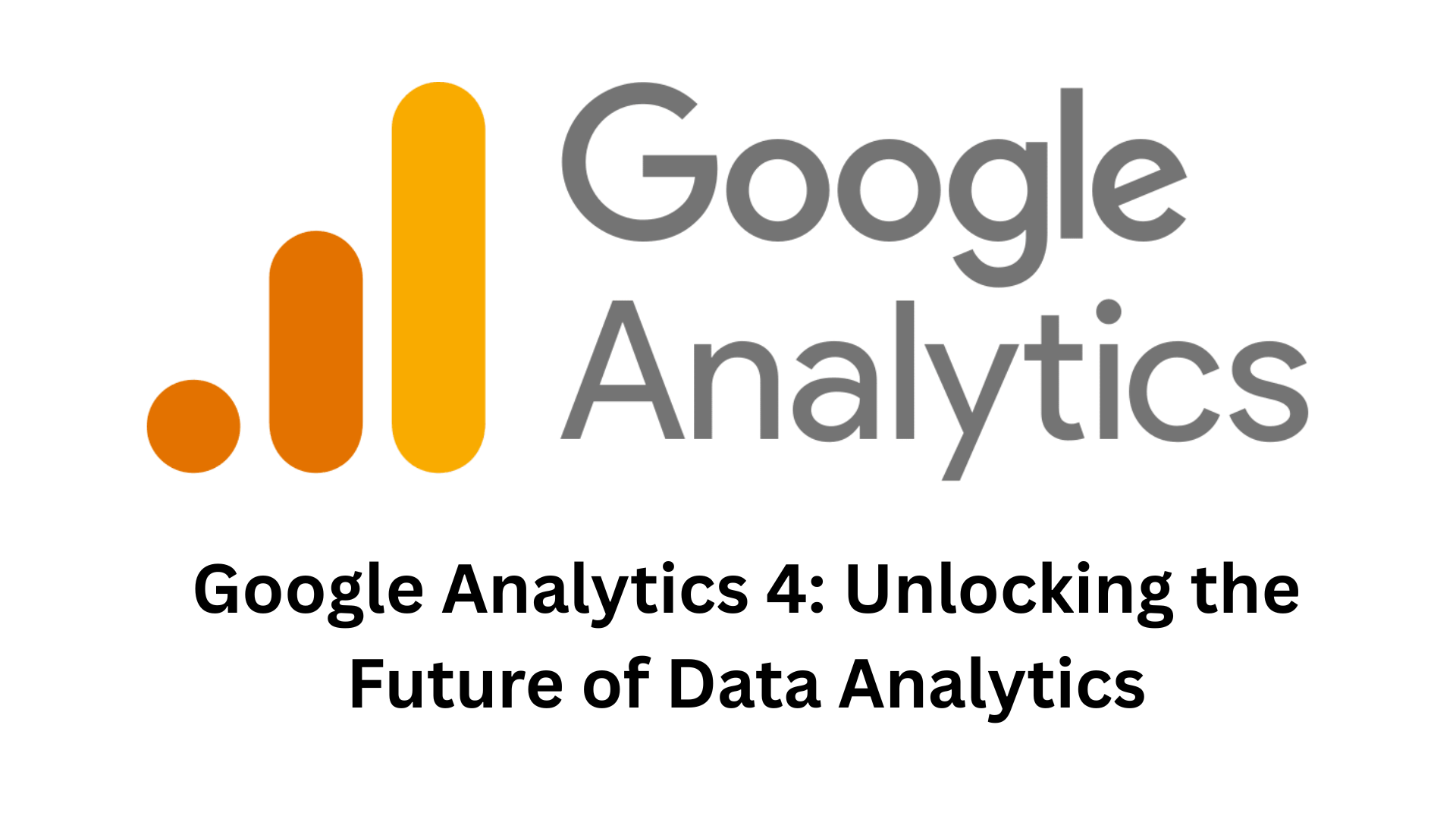In the world of digital marketing, content is king. One of the most effective ways to expand your online presence and drive traffic to your website is through guest posting. Guest posting involves writing articles for other websites in your niche, which can help you reach a broader audience, build backlinks, and establish yourself as an authority in your field. However, not all guest posting efforts are created equal. To truly maximize your reach, you need to leverage the best guest posting services and strategies. In this blog, we’ll explore how to do just that.
What is a Guest Post Service?
A guest post service is a platform or agency that helps you find and secure guest posting opportunities on high-authority websites. These services can save you time and effort by handling the outreach, submission, and sometimes even the writing process. They often have established relationships with popular blogs and websites, making it easier for you to get your content published.
Why Use a Guest Post Service?
- Time-Saving: Finding and pitching to high-quality websites can be time-consuming. A guest post service can streamline this process, allowing you to focus on creating high-quality content.
- Access to High-Authority Sites: Many guest post services have connections with well-established and high-authority websites that might be difficult to reach on your own.
- Expertise: These services often have experienced professionals who know what works and what doesn’t in the world of guest posting.
- Consistency: Regularly publishing guest posts can be challenging. A service can help you maintain a consistent posting schedule, which is crucial for building your online presence.
How do Guest Posts help you maximise your reach?
Guest posts are a powerful tool in your digital marketing arsenal, and leveraging guest posting services can significantly amplify your reach. By collaborating with established blogs and websites in your niche, you not only gain access to their audience but also enhance your own credibility. This symbiotic relationship allows you to showcase your expertise while driving traffic back to your site.
SEO services play a crucial role in this process. Quality backlinks from reputable sources improve your search engine ranking, making it easier for potential customers to discover you. Moreover, guest posts allow you to diversify your content strategy, keeping it fresh and engaging for readers. By investing in guest posting services, you’re not just expanding your visibility; you’re also building valuable relationships within the industry that can lead to further opportunities for collaboration and growth.
In today’s competitive landscape, maximizing reach through guest posts is not just an option—it’s a necessity for anyone serious about their digital marketing strategy. Don’t miss out on the chance to elevate your brand and connect with a broader audience!
How to Choose the Best Guest Posting Services
1. Research and Reviews
Before selecting a guest post service, do your due diligence. Read reviews and testimonials from other users to get an idea of the service’s reliability and effectiveness. Look for services that have a track record of success and positive feedback.
2. Niche Specialization
Choose a service that specializes in your niche. A service that understands your industry will be better equipped to find the right opportunities and tailor your content to the audience.
3. Pricing and Packages
Compare the pricing and packages offered by different services. Some may offer a la carte options, while others provide bundled services. Ensure that the cost aligns with your budget and the value you expect to receive.
4. Quality of Websites
Check the quality of the websites where the service can get your content published. High-authority sites with a large and engaged audience will provide the best return on your investment.
5. Support and Communication
Look for a service that offers excellent customer support and clear communication. You should be able to easily reach out to them with questions or concerns.
Top Guest Posting Service Providers
1. Deftsoft
Deftsoft is a leading provider of guest posting services that can help you reach a wider audience and build your brand. They offer a range of services, including content creation, outreach, and publication. Deftsoft’s team of experts ensures that your content is not only well-written but also strategically placed on high-authority websites.
2. Skyword
Skyword is a well-known platform that connects brands with top-tier writers and publishers. They offer a comprehensive suite of content marketing services, including guest posting. Their network of high-quality websites can significantly boost your online presence.
3. Outbrain
Outbrain is a content discovery platform that helps you reach a broader audience by placing your content on popular websites. While not a traditional guest posting service, Outbrain can be a valuable tool for increasing your reach and driving traffic to your site.
4. Guest Blogging Services
Guest Blogging Services is a dedicated platform that focuses on helping businesses and individuals secure guest posting opportunities. They have a wide network of high-authority blogs and a team of experienced writers to help you create compelling content.
5. Pitchbox
Pitchbox is a powerful tool for managing your guest posting efforts. It provides a platform for finding and reaching out to potential publishers, tracking your submissions, and analyzing the performance of your guest posts.
Strategies to Maximize Your Reach with Guest Posting
1. Create High-Quality Content
The quality of your content is paramount. Ensure that your guest posts are well-researched, engaging, and provide value to the readers. High-quality content is more likely to be accepted by reputable websites and shared by their audience.
2. Optimize for SEO
Use relevant keywords in your guest posts to improve their search engine visibility. This will help your content rank higher in search results, driving more organic traffic to your site.
3. Build Relationships
Guest posting is not just about the one-time publication. It’s also about building relationships with the websites and their audiences. Engage with the comments on your posts, share them on social media, and follow up with the publishers to maintain a positive relationship.
4. Diversify Your Topics
While it’s important to stay within your niche, don’t be afraid to explore different topics within that niche. This can help you reach a more diverse audience and keep your content fresh and engaging.
5. Include a Strong Author Bio
Your author bio is a crucial part of your guest post. Use it to introduce yourself, highlight your expertise, and include a call-to-action (CTA) that directs readers to your website or social media profiles.
6. Leverage Social Media
Promote your guest posts on your social media channels to maximize their reach. Share them on platforms like LinkedIn, Twitter, and Facebook to drive more traffic and engagement.
7. Track Your Results
Use tools like Google Analytics to track the performance of your guest posts. Monitor metrics such as page views, time on page, and bounce rate to understand what works and what doesn’t. Use this data to refine your strategy and improve future posts.
FAQs
1. What is the difference between a guest post and a sponsored post?
A guest post is a piece of content you write and submit to a website for free, while a sponsored post is paid content. Guest posts are typically more organic and can help build your credibility, whereas sponsored posts are a form of advertising.
2. How long does it take to see results from guest posting?
The time it takes to see results can vary. Some businesses see immediate benefits, such as increased traffic and social media engagement, while others may take a few months to see a significant impact. Consistency is key.
3. Can I guest post on any website?
Not all websites accept guest posts. High-authority sites often have strict guidelines and may require a pitch or sample content before accepting your post. It’s important to research and follow the submission guidelines of each website.
4. How many guest posts should I publish per month?
The number of guest posts you should publish depends on your goals and resources. A good starting point is to aim for one to two guest posts per month. As you become more comfortable with the process, you can increase the frequency.
5. Can I include links to my website in a guest post?
Yes, most websites allow you to include a few links to your website in your guest post, typically in the author bio. However, it’s important to follow the website’s guidelines and ensure that the links are relevant and add value to the content.
Conclusion
Guest posting is a powerful strategy for expanding your online reach, building backlinks, and establishing yourself as an authority in your niche. By leveraging the best guest posting services and implementing the right strategies, you can maximize the impact of your guest posts and achieve your marketing goals.
If you’re looking for a reliable and effective guest posting service, consider Deftsoft. With their expertise and extensive network, Deftsoft can help you reach a wider audience and grow your brand. Visit the website today to learn more about their digital marketing services and how they can help you succeed in the world of guest posting.
